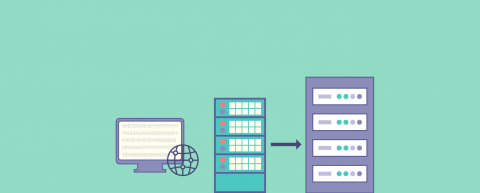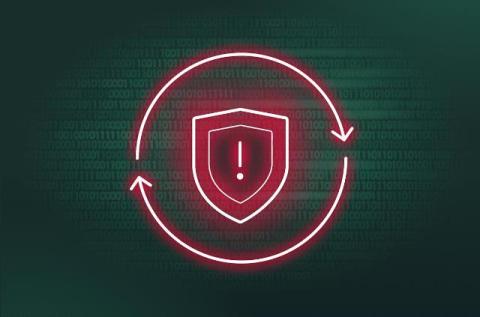What a 3-Year Plan to Cut Software Risks by 75% Looks Like
Organizations face an increasing number of software security threats that can compromise their sensitive data and disrupt business operations. To effectively manage these risks and enhance their security posture, it’s crucial for organizations to adopt modern application risk reduction strategies that not only mitigate potential vulnerabilities but also provide clear, actionable next steps and insights for reporting purposes.










